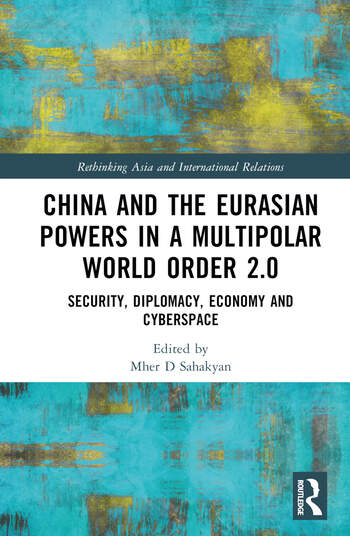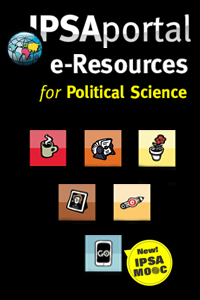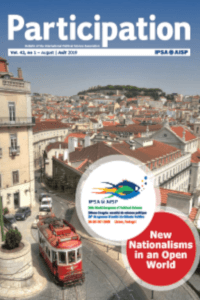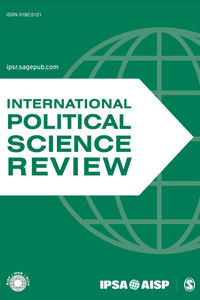China and Eurasian Powers in a Multipolar World Order 2.0: Security, Diplomacy, Economy and Cyberspace
Edited by : Mher Sahakyan
Release date: Mar 2023
Routledge
ISBN: 9781032403304


This book argues that the World Order is no longer unipolar and the war in Ukraine proves this fact. As this study discribes and theorizes, it has been transformed into a Multipolar World Order 2.0 stage. This title critically examines Chinese, US, Russian, EU, Indian and number of powers cooperation and competition over security, diplomatic, economic and cyberspace issues.
Accomplished scholars from different regions of the Eurasian continent consider the impact of Russo-Ukrainian war, Sino-Russian strategic partnership, China's relations with the US and EU, the influence of the Belt and Road Initiative, the expansion of the Shanghai Cooperation Organization and Eurasian Economic Union, China’s policies in the Middle East, Central Asia, Indo-Asia Pacific, the Caucasus, Central and Eastern Europe, as well as focus on details of growing contradictions and collaboration in Eurasian continent over markets, technologies, digital leadership, vaccine distribution, and financial institutions, in the Era of the Multipolar World Order 2.0.
Showing that the US-centred unipolar world order is replaced by Multipolar World Order 2.0 where conflicting powers fight to keep or extend their spheres of influence, this volume will be of great interest to decision-makers, diplomats, scholars and students of international relations, politics, global governance, Eurasian studies, Chinese studies, cybersecurity, economics, and for those studying human security, international organizations, and geopolitics.
Table of Contents
Contents
List of figures
List of tables
Notes on contributors
Foreword: Great power conflict
HEINZ GÄRTNER
Preface in Chinese
YUNTIAN ZHENG
Acknowledgments
Introduction: China, Eurasia and the Multipolar World Order 2.0
MHER SAHAKYAN
PART I
China, Great Powers and Eurasian Security
ALEXANDER S. KOROLEV
GINA PANAGOPOULOU
PART II
Sino-Russian Strategic Partnership in Eurasia: Politics, Economy, Trade and Interregional Interaction
ORAZIO MARIA GNERRE
SERGEY A. LUKONIN
PART III
Shanghai Cooperation Organization, Belt and Road Initiative’s China-Central Asia-West Asia and Bangladesh-China-India-Myanmar Economic Corridors
ELŻBIETA PROŃ
MHER SAHAKYAN
SHANJIDA SHAHAB UDDIN
PART IV
European subcontinent and China
SEBASTIAN CONTIN TRILLO-FIGUEROA
SANJA AREŽINA
PART V
Cybersecurity challenges, Digital Silk Road, and innovations in Eurasia
GIORGIO CARIDI
ANNITA LARISSA SCIACOVELLI
PART VI
The Strategy of Communist Party of China: The Historical Experience and Roadmap for the Future
YUNTIAN ZHENG
PART VII
Conclusion
- Political and Economic Security in Multipolar Eurasia: English School Perspective
- Eurasia and the Pacific as the "Golden apple of discord" between the US and China: The Cases of Afghanistan, Ukraine, the Quad and the AUKUS
- The US and China as Main Powers in the Multipolar World Order 2.0: A Case Study in Turkey and the Middle East
SÜHA ATATÜRE - The Strengthening of the Sino-Russian Partnership in the Era of the Multipolar World Order 2.0
- Russo-Chinese Trade and Economic Cooperation: Achievements and Challenges
- Interregional Cooperation Between China and Russia in the Context of the COVID-19 Pandemic
OLGA ZALESSKAIA - China in Central Asia: The Shanghai Cooperation Organization, New Developments and Roles in 2013-2021
- China’s Belt and Road Initiative and South Caucasus in the Era of the Ukrainian war and Multipolar World Order 2.0
- Bangladesh and Belt and Road Initiative: Strategic Rationale and Plausible Repercussions
- China and the European Union: More Partners than Rivals?
- Chinese Relations with Central and Eastern European Countries in a Multipolar World Order 2.0
- China’s Digital Silk Road: Empowering Capabilities for Digital Leadership in Eurasia
ANAHIT PARZYAN - BRI’s Digital Silk Road and the EU: The Role of Innovation and Communication in the Italian Case Study
- Cybersecurity Challenges Between the EU and China and the Way Forward: Thoughts and Recommendations
- Comprehensive Analysis of Resolution of the Central Committee of the Communist Party of China on the Major Achievements and Historical Experience of the Party over the Past Century
- Colliding Interests in Ukraine, Eurasia, and Cyberspace in the Era of Multipolar World Order 2.0: Conclusion
MHER SAHAKYAN
Index











